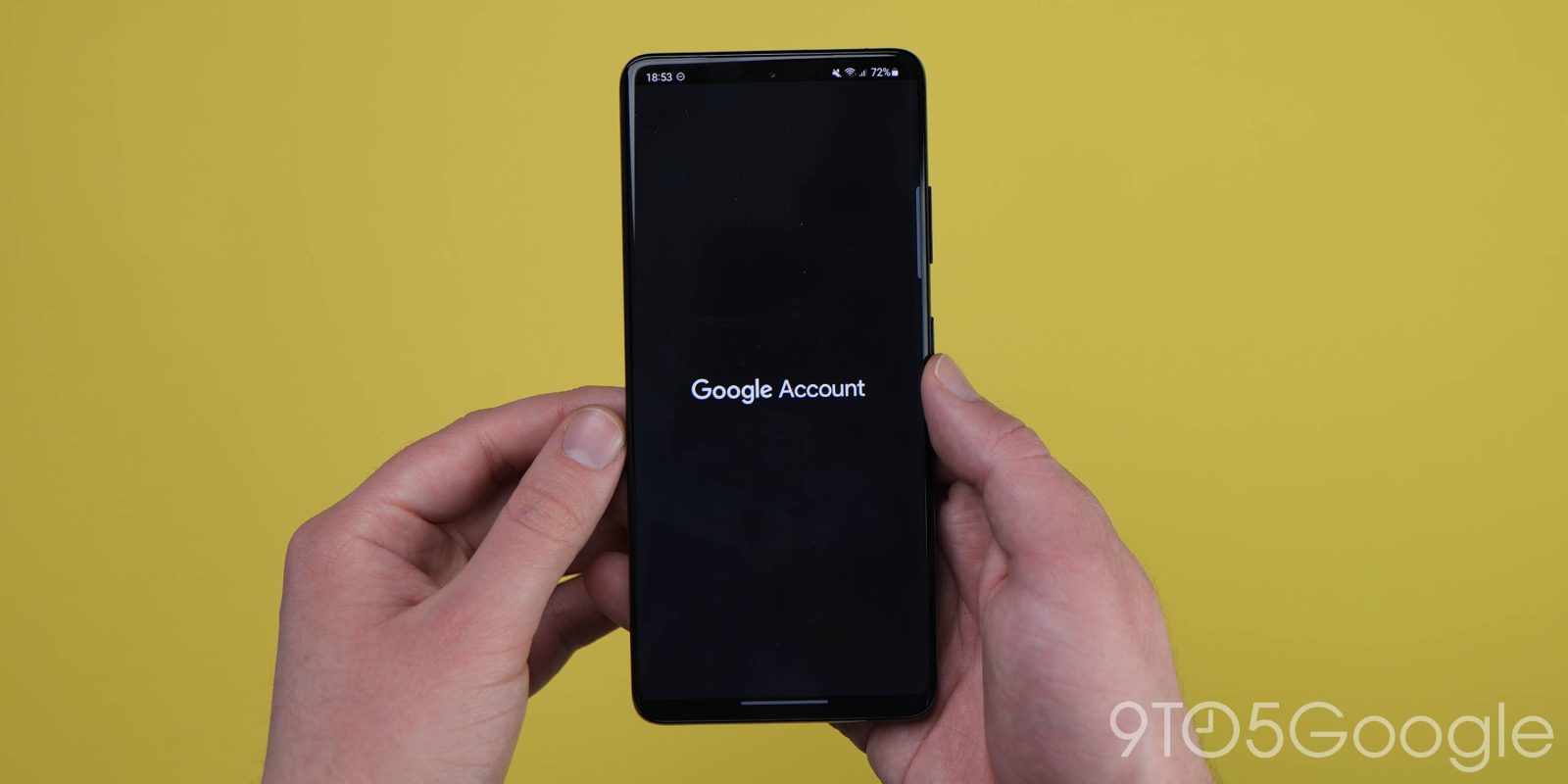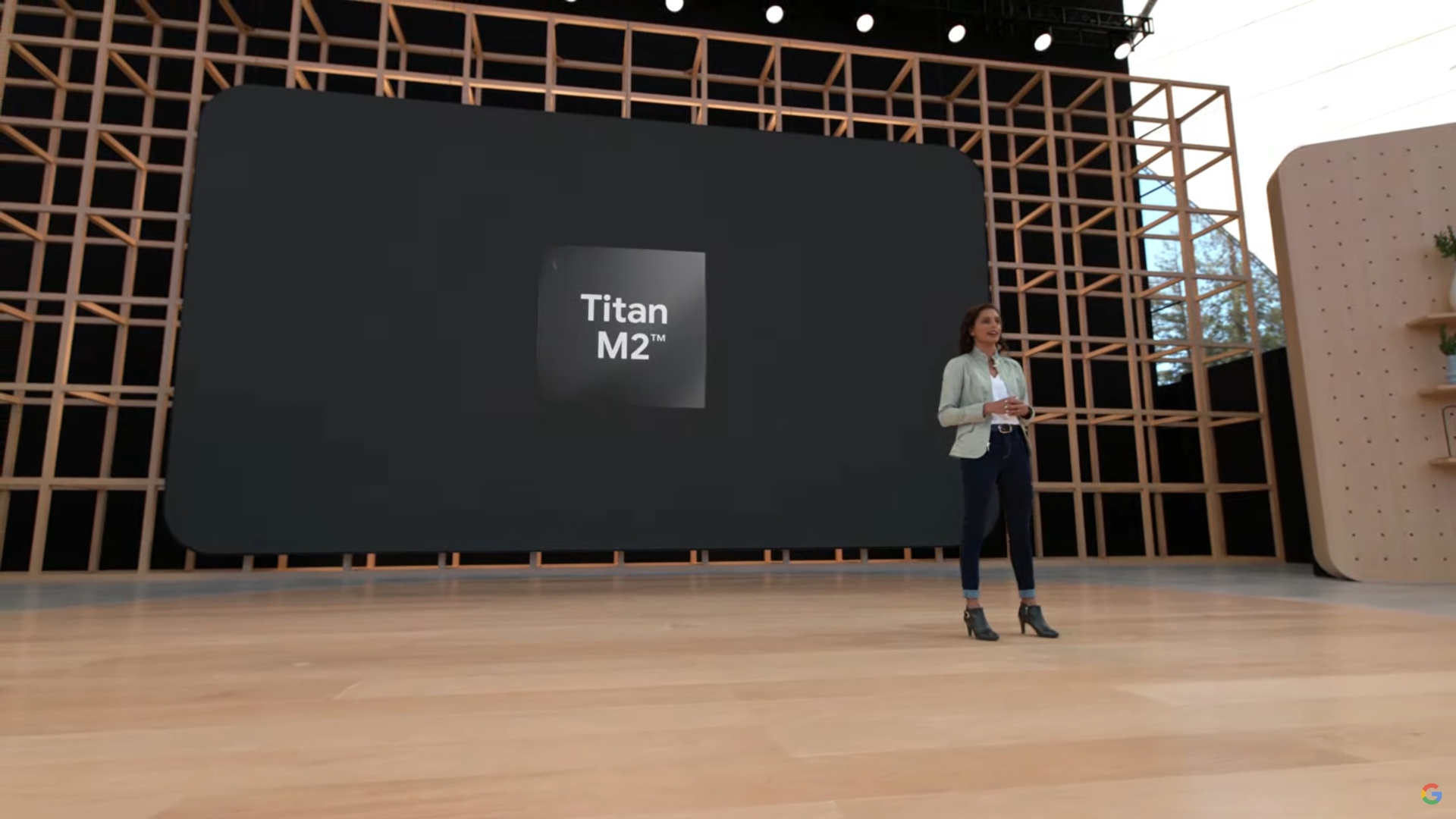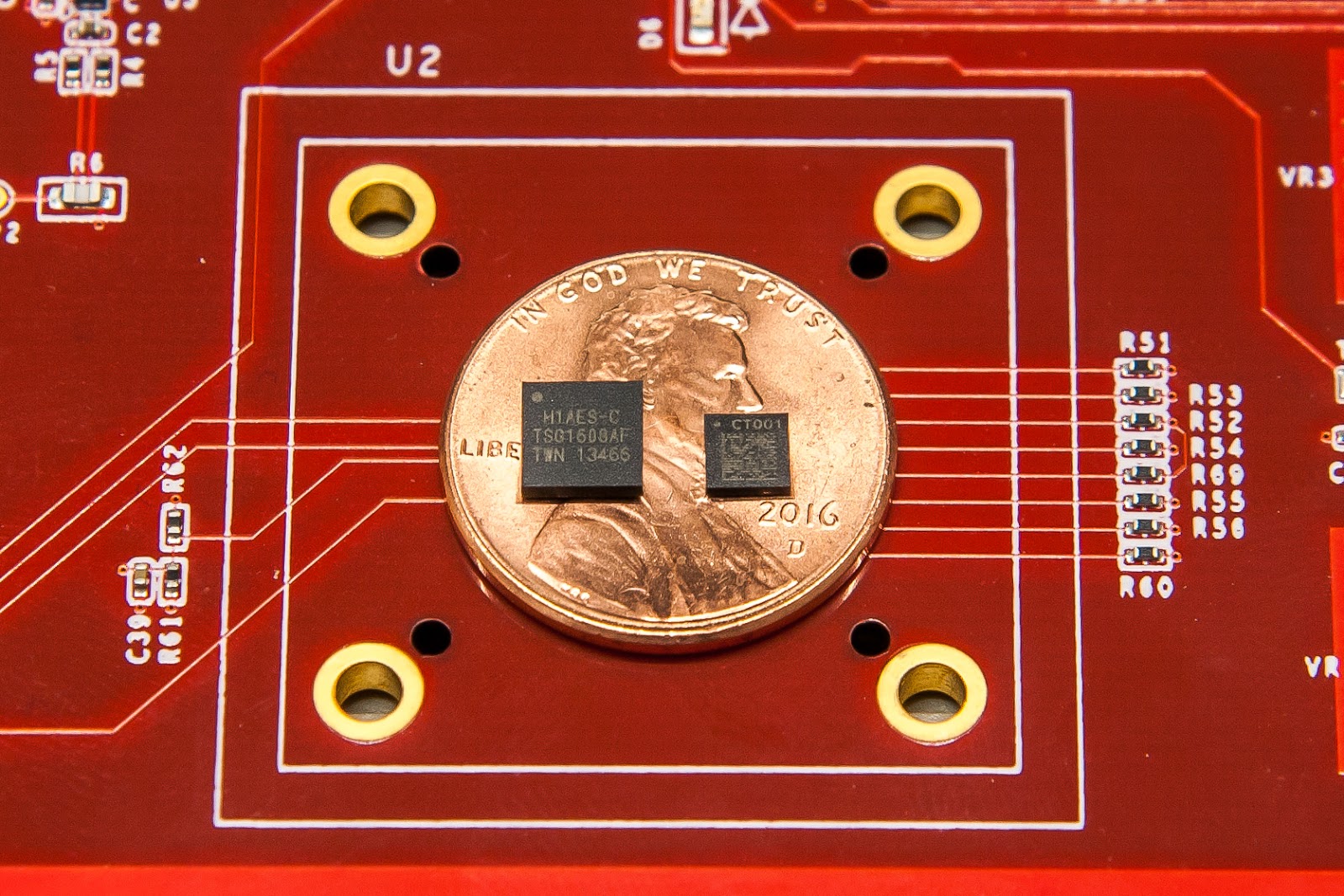Gmail And YouTube Hackers Bypass Google’s 2FA Account Security
Hackers are taking over Google accounts despite 2FA protection
Desperate Gmail and YouTube users are turning to official and unofficial Google support forums after hackers take over their accounts, bypassing two-factor authentication security and then locking them out. Time and time again, the attackers appear to be part of a cryptocurrency scam supposedly giving away Ripple’s XRP to those responding.
Google Users Take To Support Forums As 2FA Hackers Target Gmail And YouTube Accounts
If you scan the various support forums for Google products such as Gmail and YouTube, including Google’s own official forums and those on Reddit, you will always see desperate people asking about account recovery. These usually relate to someone forgetting the password, having their phone stolen, changing telephone numbers and so on. However, when you see a pattern emerging of people whose accounts have been hacked despite having 2FA activated and being unable to recover their accounts, you know something out of the ordinary is happening.
“They changed the two-factor authentication… account recovery is not working and sends me on a loop.”
“The hackers changed the password and the phone number and also edited the two-factor authentication settings.”
“My account, which was 2FA authenticated, can’t login, password-box says in password changed 25 hrs ago. Cannot recover because the genius hacker has changed the recovery email to the same email, and deleted my number too.”
Aside from the number of accounts compromised despite having 2FA protection in place, there appears to be another common denominator in the form of Ripple Labs cryptocurrency—or, rather, scams leveraging XRP.
Ripple Labs Issues XRP Cryptocurrency Scam Warning
Ripple has taken to X in an attempt to spread awareness of the increasing spate of attacks against Gmail and YouTube accounts which are then used to entrap readers and viewers with a variety of scams. The most…







